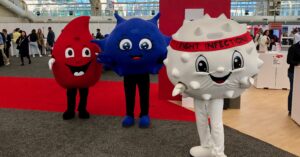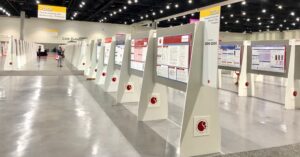Wow I wished I’d thought of this!

View from Perdido Bay to Orange Beach
The sun is setting on the year end and the 2023 Holiday season brings our cancer conference coverage to a close until the new year.
Before we go, I wanted to end with a bang and highlight some really stunning and thoughtful research.
It was just published and is an absolutely amazing piece of thinking and execution.
Some of the best ideas come about in oncology R&D when we make the most of what’s already available biologically then borrow the concept so it can be applied therapeutically.
Rather than push the proverbial rock up the hill like Sisyphus, why not simply nudge it off the top and let nature take its course?
Sometimes even scientists are guilty of over-thinking things.
In this elegant work, the findings may well change the way we think about tackling some difficult to treat solid tumours going forward…
To continue reading our latest highlights on oncology new product development including commentary and analysis BSB subscribers can log-in or you can click to access the content.
This content is restricted to subscribers





 Some of the best innovations come about because scientists think deeply about the challenges and issues preventing therapies from working as they should and ignore dogma in their pursuit of innovation.
Some of the best innovations come about because scientists think deeply about the challenges and issues preventing therapies from working as they should and ignore dogma in their pursuit of innovation.



 Just a couple of years ago a particular hematologic target was all the rage with multiple companies, large and small, rushing a variety of early stage agents with different modalities and designs into the clinic.
Just a couple of years ago a particular hematologic target was all the rage with multiple companies, large and small, rushing a variety of early stage agents with different modalities and designs into the clinic.